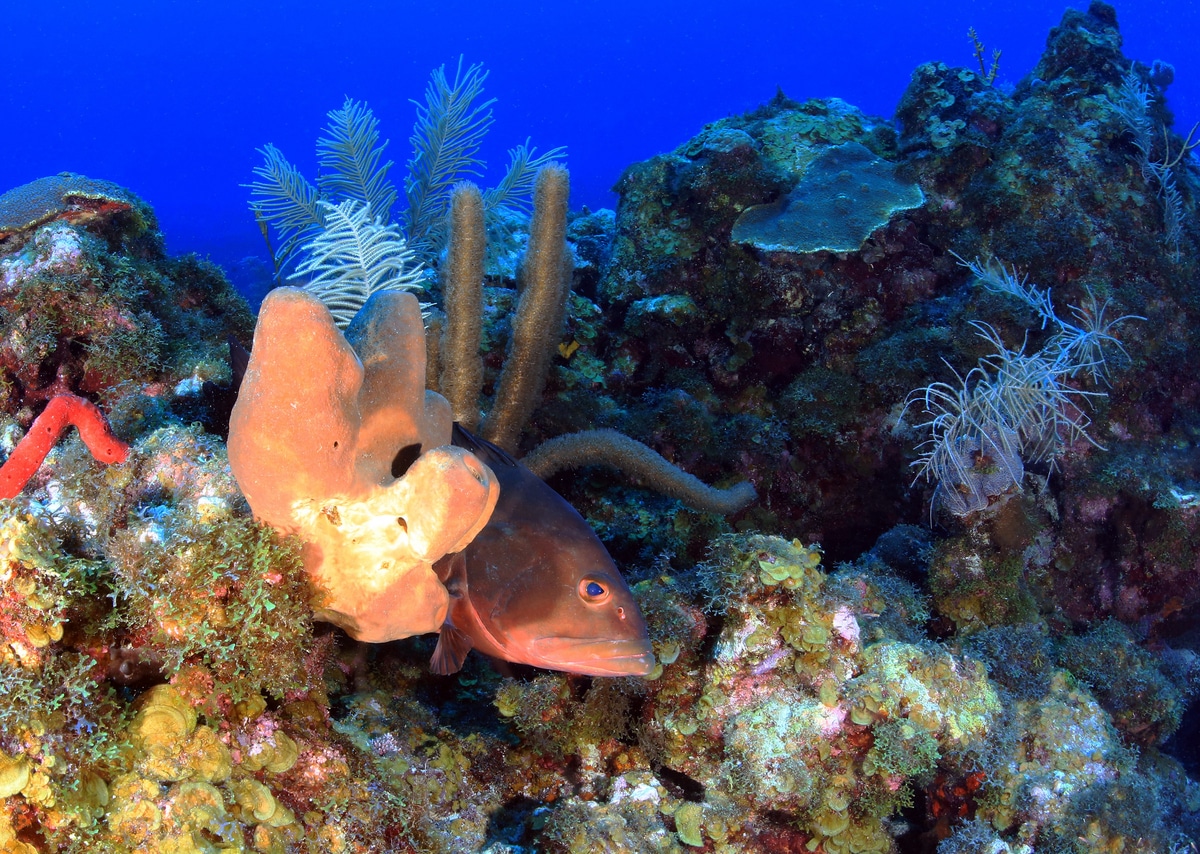NOAA throws a new lifeline to Florida Keys marine sanctuary

New Blueprint to Protect Florida Keys Ecosystem
The Biden administration has unveiled an ambitious plan to safeguard the Florida Keys, a vital marine ecosystem facing numerous threats. This “restoration blueprint” aims to enhance the management of the Florida Keys National Marine Sanctuary, which is already recognized as one of the world’s richest marine environments. The initiative seeks to expand the sanctuary and implement new protections for its unique wildlife. With this plan, officials hope to ensure the long-term health and sustainability of this precious ecosystem.
Expansion of the Sanctuary
The proposed management plan will increase the size of the Florida Keys National Marine Sanctuary by 20 percent. This expansion will cover an additional 3,800 square miles, providing more space for marine life to thrive. The National Oceanic and Atmospheric Administration (NOAA) has emphasized the importance of this expansion. It will create 20 new wildlife management areas specifically designed to protect birds, sea turtles, and other species that are unique to the Keys’ marine-tropical climate.
One significant aspect of the expansion is its alignment with existing “areas to be avoided” by large vessels, such as tankers. This alignment aims to reduce the risk of accidents and pollution in sensitive areas. Additionally, the plan will prohibit discharges from cruise ships, allowing only cooling water to be released. This measure is crucial for minimizing the environmental impact of tourism in the region. Furthermore, the plan will address a gap in protections in the Tortugas region on the western side of the sanctuary. It will also incorporate Pulley Ridge, a deep-sea coral reef formation located 100 miles west of the Tortugas, as a distinct unit within the sanctuary.
FMNP Advisory Board Annual Retreat at the Marine Discovery Center
Ecological Connectivity and Enhanced Protections
The sanctuary expansion and accompanying rule changes are grounded in the principle of ecological connectivity. NOAA has stated that these changes will provide additional protections for ecosystems of national significance. By focusing on the interconnectedness of marine habitats, the plan aims to create a more resilient environment. This approach recognizes that the health of one area can significantly impact the overall ecosystem.
Officials believe that these enhancements will not only protect marine life but also support the local economy, which relies heavily on tourism and fishing. Healthy ecosystems attract visitors and provide sustainable resources for local communities. The restoration blueprint represents a proactive step toward preserving the Florida Keys for future generations. By prioritizing ecological health, the Biden administration hopes to foster a balance between conservation and economic activity in this unique region.
In conclusion, the restoration blueprint for the Florida Keys is a significant move toward protecting one of the world’s most valuable marine ecosystems. With expanded protections and a focus on ecological connectivity, this plan aims to ensure the sustainability of the Keys for years to come.
